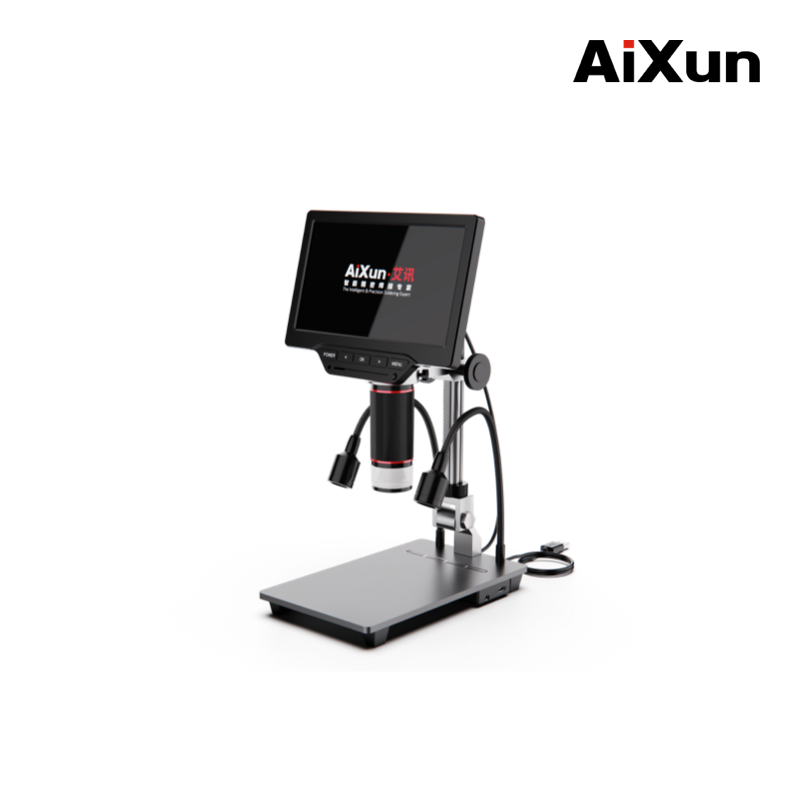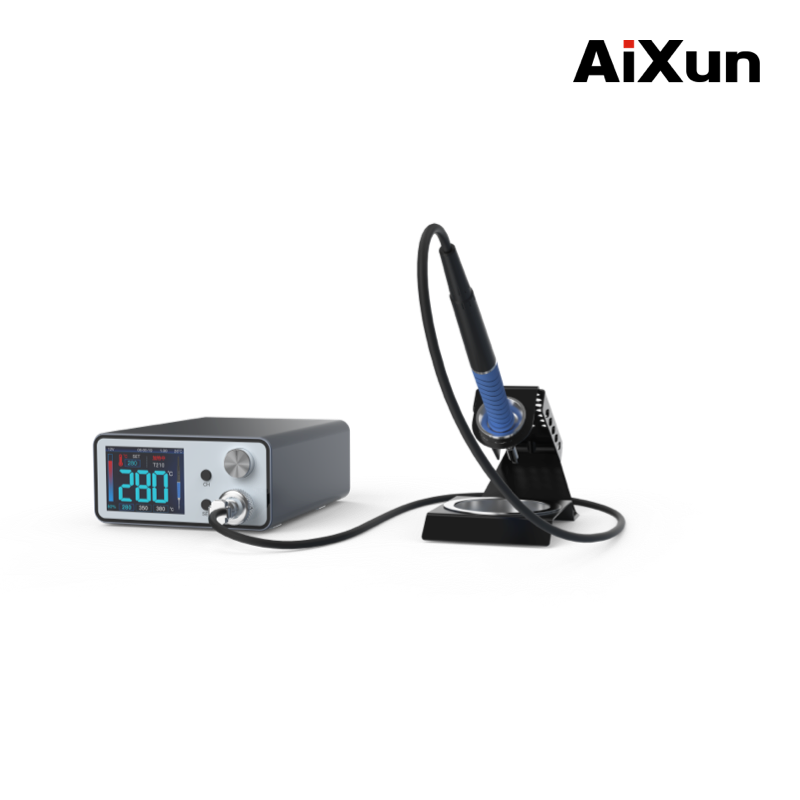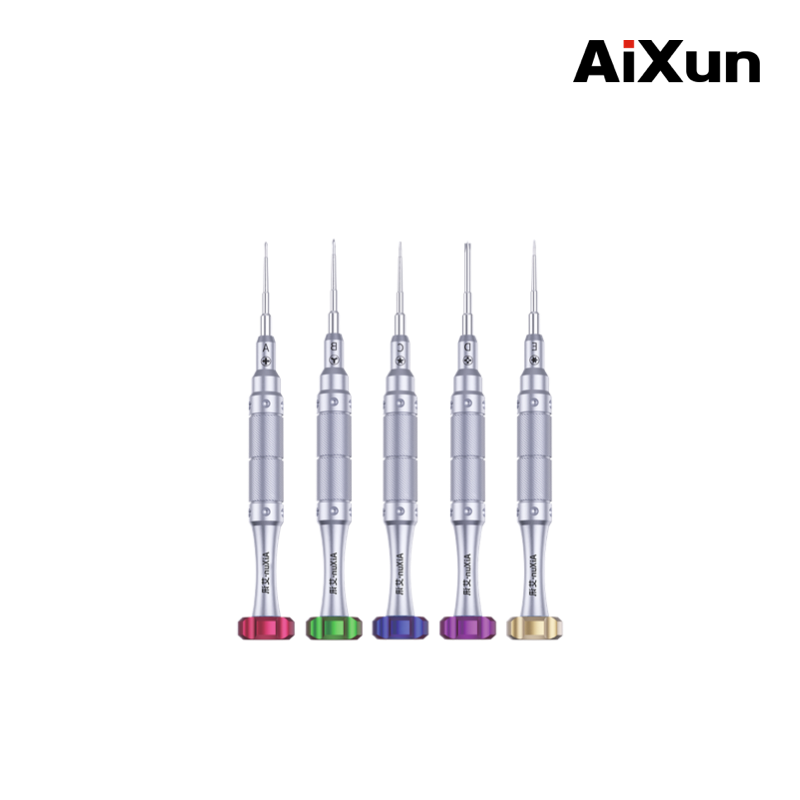
Micro soldering is a delicate and precise task that requires specialized tools and techniques. With the rapid advancement of technology, the latest tooling solutions for micro soldering are becoming increasingly sophisticated, allowing for more accurate and efficient soldering operations. In this article, we’ll take a look at some of the latest tooling solutions for micro soldering, and explore how they can help improve the quality of your soldering jobs.

The first tooling solution for micro soldering is the use of a microscope. Microscopes allow you to get a close-up view of the soldering joint, making it easier to identify any defects or irregularities in the connection. In addition, microscopes can help you make adjustments to the soldering operation quickly and accurately. For example AiXun Industrial Microscope

Another tooling solution for micro soldering is the use of a soldering iron with a fine tip. A fine tip soldering iron allows for more precise control over the heat being applied to the soldering joint, making it easier to create a strong and reliable connection. Additionally, many modern soldering irons come with adjustable temperature settings, allowing you to fine-tune the heat for different types of soldering operations. For example, AiXun T3A.

In addition to soldering irons and microscopes, there are also a number of other tooling solutions available for micro soldering. For example, soldering tweezers allow you to get a better grip on small components, making it easier to maneuver them into place. Soldering wicks are also useful for removing excess solder from a soldering joint, ensuring that the connection is strong and reliable. Finally, flux pens can be used to apply a thin layer of flux to the soldering joint, helping to improve the quality of the connection.

Micro solder requires a high level of skill and experience to do it correctly, and the results can be disastrous if not done properly. How to solder?
1. The first step in micro soldering is to prepare the components and the circuit board. This involves cleaning the components and the board, as well as checking for any shorts or breaks in the connections. If any are found, they must be repaired before soldering can begin. Once the board and components are ready, the next step is to select the appropriate soldering iron and solder. For micro soldering, a very small tip is used, and the solder should be of a type that melts quickly and flows easily.
2. Once the iron and solder are ready, the soldering process can begin. It is important to remember to keep the tip of the iron clean and free of debris, as this can cause damage to the components and the board. The soldering process is then repeated, adding small amounts of solder to each connection until the desired result is achieved.
3. When soldering micro components, it is important to be careful and pay close attention to the details. The iron should not be left in contact with the board or components for too long, as this can cause damage. Additionally, the soldering tip should be kept clean and free of debris, as this can also cause problems.
4. it is important to inspect the finished product carefully. Any shorts or breaks in the connections should be corrected, and the board should be tested to ensure that all components are functioning properly.
Micro soldering is a delicate and precise process that requires skill and experience to do correctly. the latest tooling solutions for micro soldering are making it easier and more efficient to create reliable and accurate connections. Whether you’re a professional or a hobbyist, these tools can help improve the quality of your soldering jobs.
AiXun is a leading supplier of intelligent soldering machines, soldering station, hot air rework station, JBC style soldering iron tips, smart power supply and other related products. We offer a wide range of reliable and cost-effective solutions to meet all your soldering needs. Don’t hesitate to expand your business!
 WhatsApp
WhatsApp